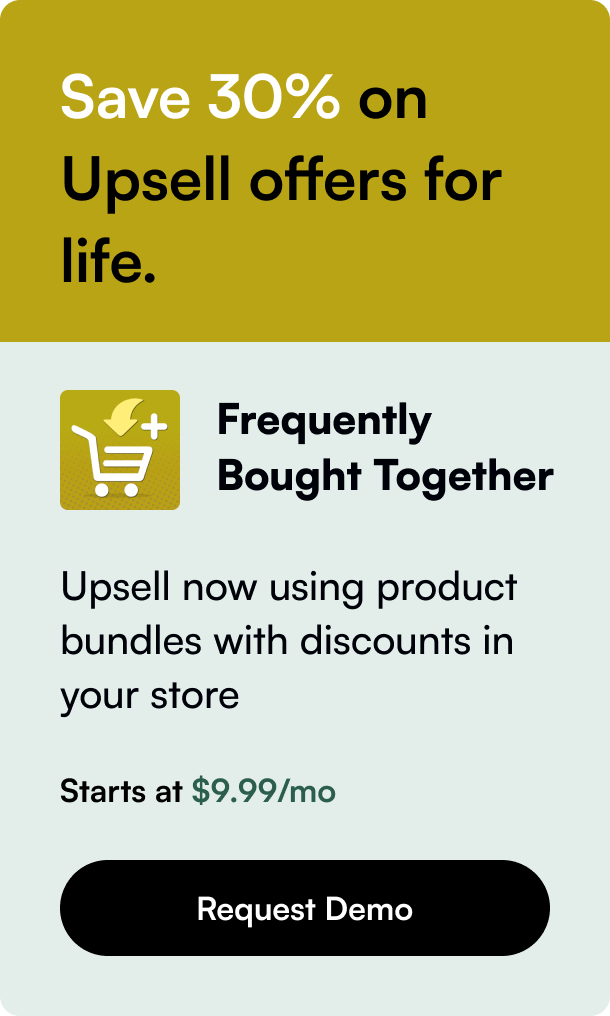Table of Contents
- Introduction
- Crafting Your Shopify Landing Page
- Utilizing Shopify's Features for Landing Pages
- FAQs about Shopify Landing Pages
- Conclusion
Introduction
Imagine directing a flood of eager customers to your Shopify store, only with one caveat: they must maneuver through a cluttered maze before they can make a purchase. Sounds counterproductive, right? The alternative, which is far more effective, is using a well-crafted landing page. A bespoke landing page on Shopify funnels the incoming traffic straight to your conversion goal, bypassing any form of distraction.
Creating a successful Shopify landing page requires understanding your audience's needs and interests, implementing design best practices, and ensuring concise and persuasive messaging. In this post, we delve into the nuts and bolts of crafting a Shopify landing page that not only garners attention but coaxes visitors into becoming customers.
What is a Landing Page?
A landing page serves as the entry point for website visitors, often linked from marketing campaigns, emails, or social media. Unlike a homepage, which presents an overview of your business, a landing page is highly targeted and designed with a single objective – to prompt a specific action, whether that's to make a purchase, sign up for a newsletter, or download a resource.
Why Landing Pages are Crucial for Shopify Stores
Targeted Messaging: Each landing page addresses a specific audience segment with tailored content that speaks directly to their interests and needs.
Higher Conversion Rates: Without the distraction of a full website, landing pages focus on a singular conversion goal, improving the likelihood of visitor action.
Efficient Campaign Measurement: Track the performance of individual marketing campaigns by analyzing the conversion rates associated with each distinct landing page.
Crafting Your Shopify Landing Page
To convert traffic into sales effectively, your landing page must be well-structured, visually appealing, and seamlessly integrated into your overall brand experience.
1. Defining Your Objective
Before diving into design and content, establish the prime purpose of your landing page. Whether it's promoting a new product, announcing a sale, or leading to a sign-up form, clarity on the intended outcome guides all subsequent decisions.
2. Know Your Audience
Understanding the demographics, concerns, and preferences of your target audience is vital to create a page that resonates with them. This insight helps in tailoring the design, offer, and messaging to connect meaningfully with potential customers.
3. Design for Impact and Clarity
Above The Fold Content: The area immediately visible without scrolling should capture visitor attention. Include a headline that makes an irresistible offer and a clear, bold Call to Action (CTA).
Imagery: Use high-quality, relevant images, or videos to give visitors a visual taste of the product or service you're offering. This can include product shots, infographics, or lifestyle imagery that reflects the user experience.
Customer Testimonials: Place trust-building customer reviews prominently on your page. These create social proof, assuring visitors of the quality and reliability of your offers.
Structure and Flow: Organize information logically. Start with a hook, unfold the story or offer, and gently guide the visitor toward the CTA. Descriptive headers, bulleted lists, and short paragraphs make the content digestible.
4. Compelling Copy
Your words are the pitch. Create engaging headlines, highlight benefits (not just features), and write persuasive copy that underscores the value proposition. Be concise yet expressive, making every word count towards guiding the visitor towards the CTA.
5. Strategic CTAs
CTAs are the gateway to conversions. Use action-oriented language, make buttons stand out with contrasting colors, and provide clear instructions on what the visitor will get by clicking. Consider the psychology of color and positioning to make CTAs more compelling.
6. Optimization and Mobility
Ensure that your landing page is optimized for speed and is mobile-responsive. A sizeable portion of web traffic comes from mobile devices, and a slow or poorly displayed landing page can drastically diminish conversion rates.
7. Testing and Refinement
Employ A/B testing to experiment with different versions of your landing page. Test various elements such as headlines, images, and CTAs to determine what combination maximizes conversions.
Utilizing Shopify's Features for Landing Pages
Shopify offers built-in tools to create effective landing pages. From simple editor-based design changes to using specialized apps like Shogun or PageFly, Shopify accommodates varying degrees of customization. Depending on your needs, select an approach that balances flexibility with ease of use.
FAQs about Shopify Landing Pages
Can I create a landing page on Shopify without coding? Yes, Shopify offers intuitive tools and apps, such as Shogun, to build landing pages without needing to code.
How important are visuals on a Shopify landing page? Visuals are critical as they inform, engage, and influence visitor perception of your offer. Ensure your images are high-quality and relevant.
What should my Shopify landing page's CTA say? CTAs must be action-oriented, prompting the visitor to take direct action— "Get Started," "Buy Now," or "Claim Your Offer" are some examples.
Conclusion
Effective landing pages are indispensable in maximizing the conversion potential of traffic directed to your Shopify store. Every element, from the layout and content to the visuals and CTA, should converge harmoniously to create a compelling narrative that encourages action. By applying the strategies outlined above, you can systematically craft Shopify landing pages that convert prospects into customers and measurably boost your business's bottom line.
Remember, while crafting the perfect landing page is part art and part science, the end goal remains constant: clear, concise conversion pathways that resonate with your audience and drive your business objectives forward.









